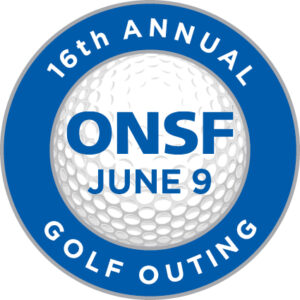Cleats are a risk factor for ACL tears in female lacrosse and soccer players
Purpose:
Anterior cruciate ligament (ACL) tears are common in female athletes, with most injuries caused by non-contact mechanisms. Beyond gender, it is important to identify modifiable risk factors for an ACL tear, such as the type of shoe and playing surface. The purpose of this study was to evaluate the effect of shoe type on the risk of ACL injury in competitive female athletes.
Anterior cruciate ligament (ACL) tears are common in female athletes, with most injuries caused by non-contact mechanisms. Beyond gender, it is important to identify modifiable risk factors for an ACL tear, such as the type of shoe and playing surface. The purpose of this study was to evaluate the effect of shoe type on the risk of ACL injury in competitive female athletes.
Methods:
A retrospective review of 256 female athletes was conducted: 128 female soccer and lacrosse athletes who had torn their ACLs and 128 age and sport matched athletes who had never torn their ACL. Sports, level of competition, mechanism of injury, type of shoe, type of stud in shoe, and playing surface were identified.
A retrospective review of 256 female athletes was conducted: 128 female soccer and lacrosse athletes who had torn their ACLs and 128 age and sport matched athletes who had never torn their ACL. Sports, level of competition, mechanism of injury, type of shoe, type of stud in shoe, and playing surface were identified.
Results:
75.0% of study subjects who tore their ACLs were wearing cleats. In contrast, only 55.5% of the age matched group with normal ACLs wore cleats. There was a significant association found between ACL tear and the type of shoe they were wearing (p < 0.05). In athletes who tore their ACL, 46.4% of their cleats had conical studs, 14.4% had blades, and 15.2% had a mix of the two, compared to those who have never torn their ACL with 30.5% having conical studs, 18.8% blades and 6.3% mixed. The odds of sustaining an ACL tear while wearing conical studs were 2.02 times higher than wearing blades and 2.87 times higher than wearing turf shoes.
75.0% of study subjects who tore their ACLs were wearing cleats. In contrast, only 55.5% of the age matched group with normal ACLs wore cleats. There was a significant association found between ACL tear and the type of shoe they were wearing (p < 0.05). In athletes who tore their ACL, 46.4% of their cleats had conical studs, 14.4% had blades, and 15.2% had a mix of the two, compared to those who have never torn their ACL with 30.5% having conical studs, 18.8% blades and 6.3% mixed. The odds of sustaining an ACL tear while wearing conical studs were 2.02 times higher than wearing blades and 2.87 times higher than wearing turf shoes.
Conclusion:
Female athletes who wore cleats were more likely to tear their ACL when compared to sport and age matched athletes who wore turf shoes. Wearing turf shoes as opposed to cleats appears to reduce the risk for ACL tears in high-level female athletes. Cleats with long, conical studs, especially around the perimeter of the cleat were associated with an increased risk of ACL tear and more common in the 128 athletes in this.
Female athletes who wore cleats were more likely to tear their ACL when compared to sport and age matched athletes who wore turf shoes. Wearing turf shoes as opposed to cleats appears to reduce the risk for ACL tears in high-level female athletes. Cleats with long, conical studs, especially around the perimeter of the cleat were associated with an increased risk of ACL tear and more common in the 128 athletes in this.











